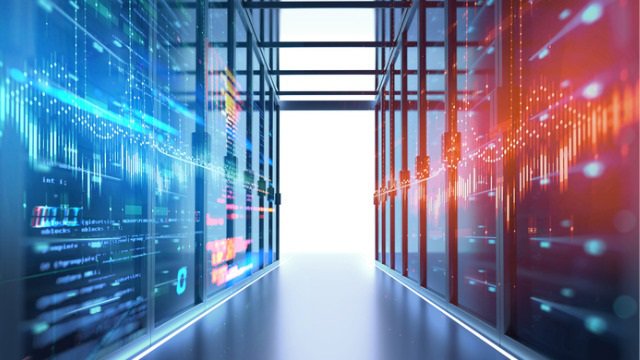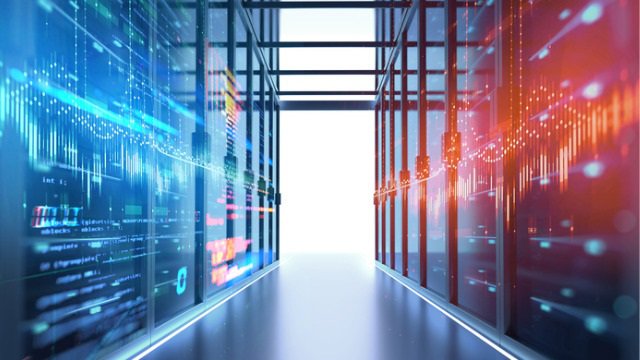COMMENTARY

Photo by iStock.com
By Nick East, CEO, Zynstra
The retail CIO job has never been harder. The retail industry has been in technology upheaval for the last few years with physical stores trying to find a balance in today’s heavily online-focused world between implementing a seamless omni-channel customer experience and being cost efficient. More and more the CIO needs to ensure every dollar of technology investment delivers immediate and measurable ROI, and enables business innovation.
While facing pressure from one side of the business to effectively do more with less, there is increasing pressure to develop new ways to delight customers and keep them coming back to the store. For the most part this comes in the form of new in-store services, which almost always rely on technology, from innovative checkout technologies through to interactive in-store displays, smart mirrors and virtual reality.
It’s the classic cost versus innovation debate. Can you optimize efficiencies while delivering innovation? Or does one have to be sacrificed for the other?
No sacrifice necessary
As it stands, few retailers actually have the technology in place to support innovation. Legacy store infrastructure was built for a different age, grown organically over time without any strategic investment in centralized management, automation and control – which means it’s as difficult to save money on staff and technology costs as it is to roll out the digital store.
So where does that leave the retailer? Especially when large distributed store networks are involved?In the past, the CIO relied on dedicated technology devices in-store to support operations. This device-orientated architecture creates store IT sprawl and acts as a break on innovation. Each new addition also complicates management and control.
Delivering the right customer experience in the store requires the right blend of data center and cloud services coupled with fast, responsive, real time technology.
But these are not all barriers to change. There are new edge technologies out there that enable retailers to innovate without making the sacrifices.
Toward the edge
Increasingly, the CIO is now moving to the edge. Edge technology effectively offers retailers the best of both worlds, with new ways to make in-store infrastructure work. Retailers can capitalize on IT capabilities in-store, while also enjoying the benefits of control and flexibility of cloud-based services. Using edge technology in the retail space ensures that information processing, content collection and delivery are placed closer to the source of the data — in the store — and closer to customers and store operations.
This state-of-the-art technology is an enabler for customer experience in-store; an infrastructure that can actually support the running of multiple applications without increasing the IT footprint. More than that, purpose built retail edge technology makes management easier and more cost effective because they are managed as software, with automated updates and upgrades carried out remotely. Edge technology can enable the software defined store.
Getting edge technology right
When it comes to edge technology, retailers need solutions that are designed for their unique, highly-distributed environment. And this includes virtualization environments designed for the edge so the CIO can deliver a leaner, more reliable and efficient store IT infrastructure with centralized management that’s an enabler for continuous innovation to meet and exceed customer expectations.
The key to this is centralized management and control. The store estate needs to be treated as an integrated whole, not a collection of disparate devices in geographically dispersed stores. The ideal solution in this instance is one that leans towards the management of a store ecosystem and away from managing individual stores. This approach, particularly when used on a large scale, relies heavily on in-built intelligent automation, which will enable the management, control and updating of IT across the entire environment and does so with compliance and security in mind.
Conclusion
The CIO is facing a number of challenges in meeting objectives and ensuring that all areas of the retail business are secure, productive and cost effective. When it comes to the in-store experience, there is more at play than optimizing efficiencies. Innovation is playing a key role in the customer experience and operations, and it is edge technology, along with a new approach to management and control, that is going to help the CIO differentiate their retail organization from the competition and cement their success in the market.
Topics: Customer Experience, Customer Service, Technology
Sponsored Links:

